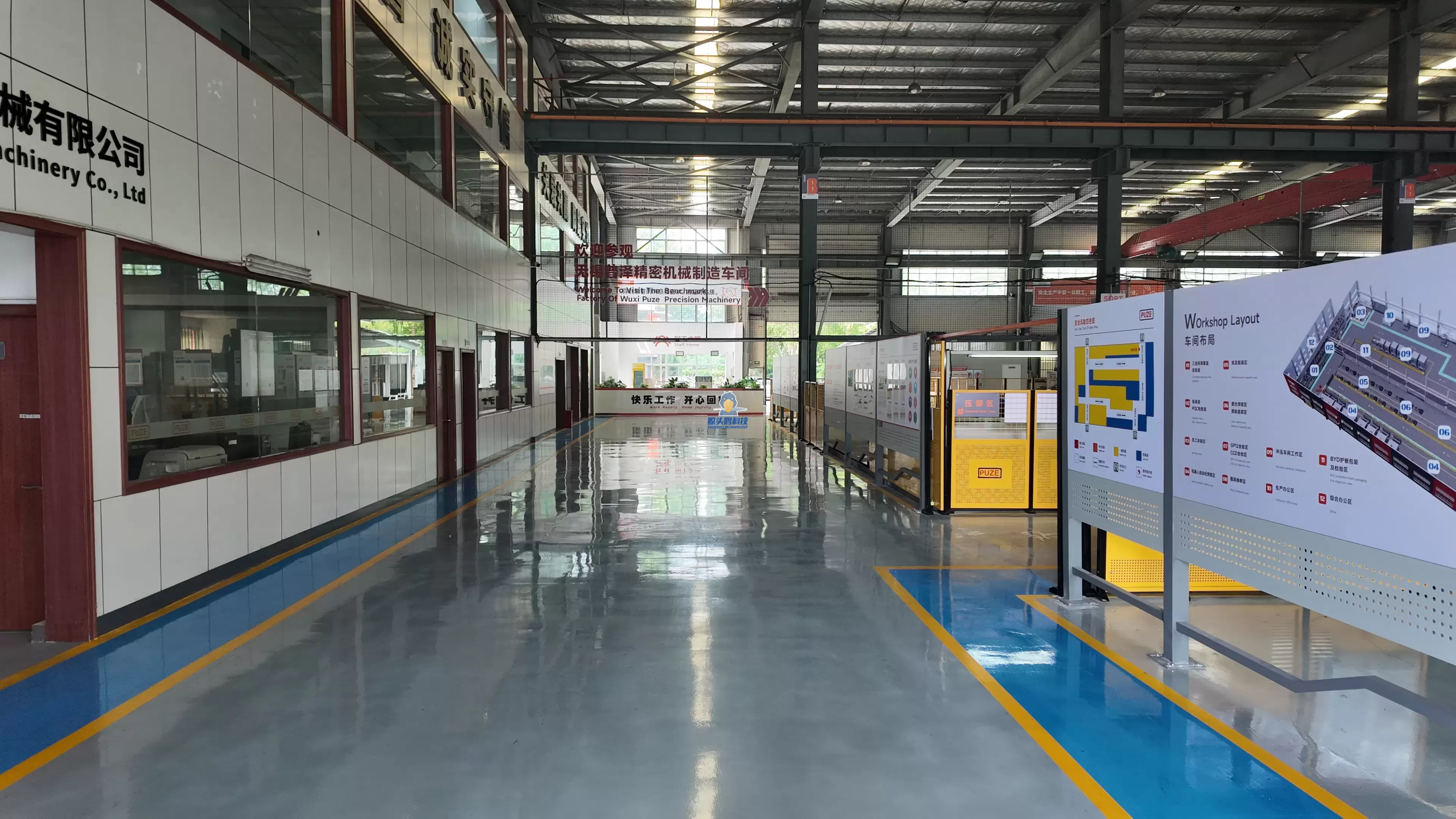In the age of Industry 4.0, Shoebill Technology is setting a new benchmark in smart factory design by integrating digital tools with lean thinking. With “agile manufacturing” as its core philosophy, the company has developed a systematic and multi-dimensional planning approach to help enterprises construct efficient, flexible, and cost-effective production spaces. In this blog post, Shoebill Technology, a professional smart factory design service provider, will share the characteristics of lean manufacturing plant layout, which transforms traditional factories into intelligent, data-driven ecosystems.
A Systematic Approach to Lean Manufacturing Plant Layout
Shoebill Technology’s lean manufacturing plant layout approach is deeply rooted in the classic SLP (Systematic Layout Planning) method. By analyzing five key dimensions—Product (P), Quantity (Q), Routing (R), Supporting departments (S), and Time (T)—the company ensures that every element of production is considered in a holistic and data-informed manner.
This multi-angle analysis starts with the mapping of logistical and non-logistical relationships, followed by the creation of detailed operation unit relationship diagrams. Through iterative comparisons of multiple design options, Shoebill identifies the optimal lean production layout that minimizes waste, enhances flow efficiency, and ensures long-term adaptability.
Smart Factory Layout: Balancing Efficiency and Sustainability
In modern manufacturing, balancing efficiency with sustainability is a strategic necessity. Shoebill Technology’s smart factory layout incorporates not only functional zoning and material flow but also environmental performance. In one case study involving a 600-acre automotive component park (with a planned area of 306 acres), Shoebill’s team aligned every design decision with municipal requirements, road infrastructure, and production capacity goals.
For example, to meet the annual production targets of 300,000 shock absorber towers and 200,000 battery housings, Shoebill precisely calculated the number of machines, the size of each functional zone, and the required warehouse capacity. The plan included two melting furnaces, two die-casting machines, and two production lines—each positioned based on optimized process flow and equipment utilization.
The lean factory layout also adhered to strict architectural parameters, such as a building density above 45%, a floor area ratio between 1.0 and 1.5, and a green space ratio of 10–20%. Moreover, Shoebill integrated “sponge city” principles into its smart factory design, enabling efficient rainwater management and resource recycling within the industrial site.
Data-Driven Decisions for Smarter Industrial Planning
Shoebill Technology’s success in lean manufacturing layout lies in its deep integration of digital simulation and data analytics. Each layout proposal undergoes rigorous virtual validation using 3D modeling and simulation tools, allowing planners to visualize production flow, material handling paths, and spatial utilization before implementation.
This data-driven approach significantly reduces redesign risks, supports agile decision-making, and provides valuable insights for capacity expansion or product line adjustments in the future. By aligning lean manufacturing layout principles with digital engineering, Shoebill enables enterprises to achieve higher levels of transparency, flexibility, and operational efficiency.

From Lean Thinking to Intelligent Execution
While lean manufacturing emphasizes waste reduction and process efficiency, Shoebill Technology extends this philosophy into the realm of intelligence and automation. In its lean manufacturing plant layout, digital sensors, IoT systems, and real-time monitoring platforms are embedded into every stage of the production network.
This digital backbone not only enables predictive maintenance and energy optimization but also empowers factories to make informed, adaptive decisions on the fly. As a result, Shoebill’s smart factory layout solutions serve as both an operational roadmap and a digital infrastructure blueprint—supporting continuous improvement and sustainable growth.
Case Study: Precision Planning for Automotive Component Manufacturing
The automotive component park project is a testament to Shoebill’s ability to balance complexity, scalability, and compliance. Under constraints such as limited land, strict municipal guidelines, and high production demands, Shoebill leveraged its lean factory layout expertise to maximize space utilization without compromising production efficiency.
By aligning every aspect of factory planning—from logistics routes and energy systems to personnel flow and emergency access—Shoebill created a cohesive lean plant layout that supports both short-term performance and long-term industrial evolution. The result was a facility that not only met immediate capacity targets but also maintained flexibility for future technology integration.
Redefining Industry Standards with Lean and Smart Integration
As global manufacturing continues its digital transformation, Shoebill Technology exemplifies how lean production layout principles can harmonize with advanced digital planning tools to build the factories of the future. Its strategy goes beyond traditional efficiency metrics—it embraces the idea that the smartest factories are those that continuously learn, adapt, and evolve.
By uniting lean manufacturing layout principles with the intelligence of digital systems, Shoebill is not just optimizing factory space—it is redefining how industrial ecosystems operate. The company’s vision of creating agile, data-driven, and environmentally conscious production environments is reshaping the landscape of smart factory design worldwide.
Conclusion
Shoebill Technology’s digital and lean-based approach represents a forward-thinking blueprint for next-generation manufacturing. Through its mastery of lean plant layout, digital simulation, and smart factory layout innovation, the company is leading enterprises toward sustainable, intelligent, and resilient industrial transformation.
In a world where manufacturing must be both efficient and adaptive, Shoebill Technology stands as a model of how strategic lean manufacturing plant layout can become the foundation of an intelligent, future-ready production system.










